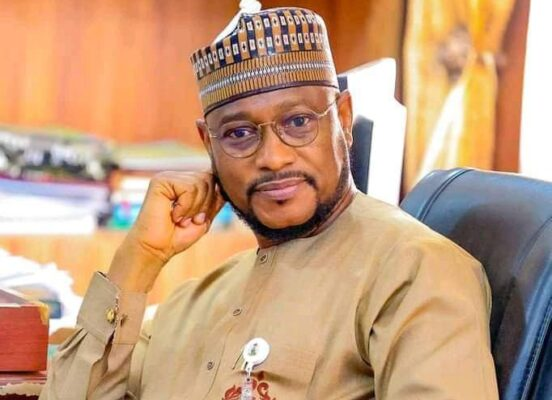Speaking at the bimonthly forum of the Finance Correspondents Association of Nigeria (FICAN), Uwaleke noted that it will get harder for borrowers to pay back loans as banks raise their interest rates to match the new benchmark rate.
The governor of the Central Bank of Nigeria (CBN), Godwin Emefiele, had, at the last MPC meeting held this month, noted the reduction in the Non-Performing Loans (NPLs) ratio to 4.95 percent in June 2022, compared with 5.7 percent in June 2021. The MPC had urged the apex bank to sustain its tight prudential regime to ensure that the NPLs ratio is brought well below its prudential benchmark.
The Monetary Policy Committee (MPC) had also raised the benchmark interest rate for the second time this year to 14 percent, a move the professor of Capital Markets noted will translate to higher interest, the higher the inability of customers to pay back their loans.


Following the 150bps rate hike in May which brought the MPR to 13 percent from 11.5 percent, banks had readjusted their lending rates. Lending rates before the rate hike in May this year hovered between 12 and 40 per cents but as of July 15, lending rates were between 12 and 44 per cents in the banking industry.
According to Professor Uwaleke, a higher MPR would mean that borrowers will have to pay more to the banks.
“The more you increase the (MPR), the likelihood that the asset quality of banks will even deteriorate. In the last MPC communique, we were told that the non-performing loans of banks have dropped below the CBN threshold of five percent.
“The MPR is the rate at which the central bank lends to commercial banks and we have a corridor of +1/-7. So that means the effective lending rate is 15 percent.
“So, if the interest rate is 15 percent, banks of course cannot lend at below 15 percent, it has to be higher, with the cost of doing business that is also rising. That is why you also find that banks are shifting all these things to their customers and those who are borrowing.
“You now find that lending rates will be higher as the banks now reprice their loans, and the likelihood that borrowers will default will also be higher. And that’s why increasing the monetary policy rates may lead to an increase in the non-performing loans in the banking industry.
Uwaleke also pointed out that the cost of the government fulfilling its domestic debt commitments would rise as a result of the increased MPR.
The MPR has an impact on the cost of borrowing for the government as well; the greater the MPR, the higher the cost of borrowing for the government. The fiscal authorities will not approve frequent increases in the MPR because of this.
“But the central bank has a duty to tame inflation. So, that is why in most economies central bank is meant to be independent. Otherwise, the fiscal authority may want to keep interest rates low MPR so, they can borrow at a cheaper rate. So raising the MPR will increase the cost of borrowing. And that will mean the cost of establishing domestic debt will of course increase.”



























